What Suspension Do Race Cars Use?
By Sebastian Orellana
Updated Feb 18, 2024
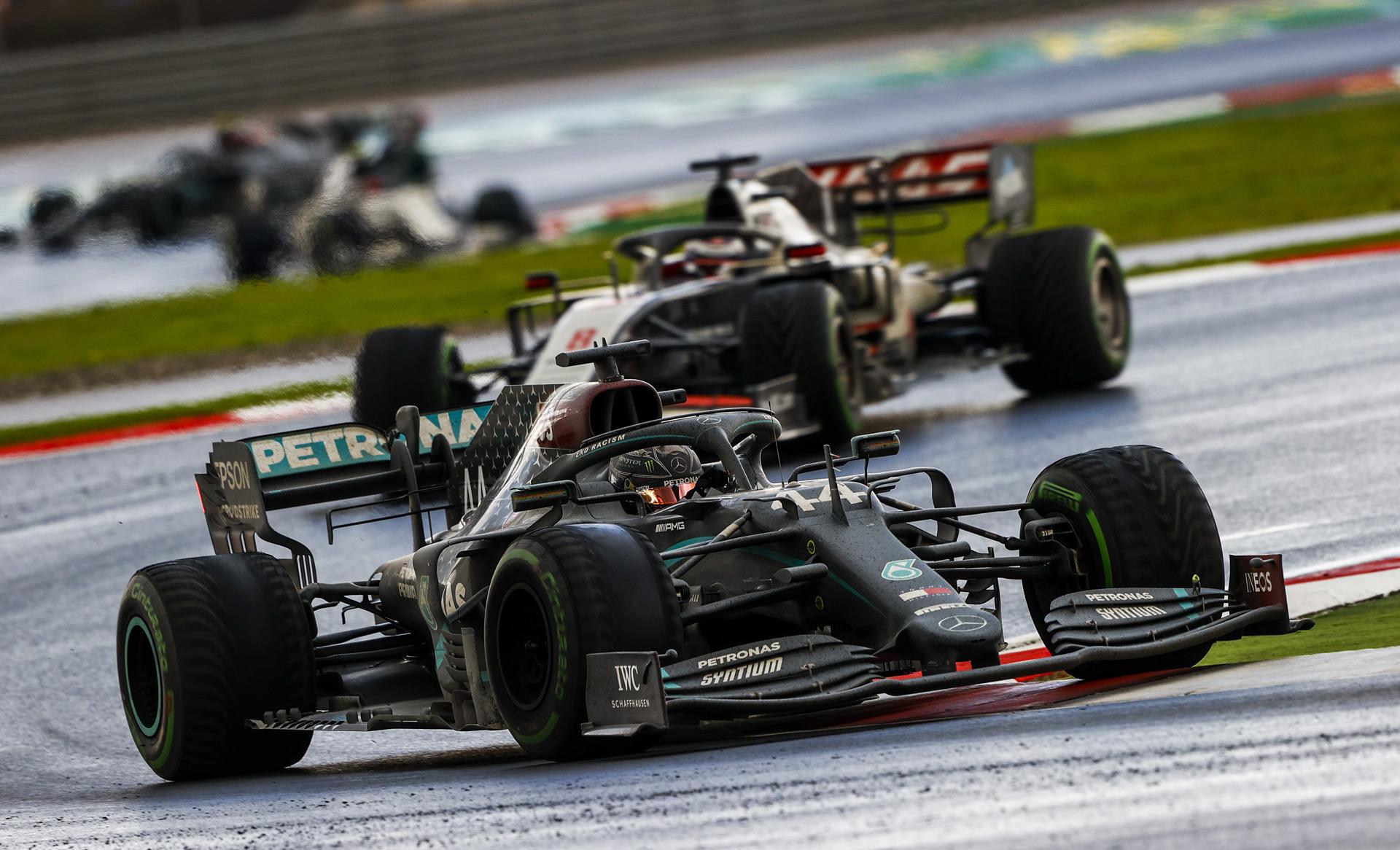
Race cars are one of the most thrilling and exciting forms of motorsport. As such, they require a suspension system that can handle the extreme demands of high-speed racing. Suspension systems in race cars have been designed and developed over the years to provide maximum safety, stability, and performance.
Table of Contents
This post will explore what suspension race cars use, including the different types of suspension systems and the components that make up each.
READ: What Car Is Lightning Mcqueen?
The History of Race Cars
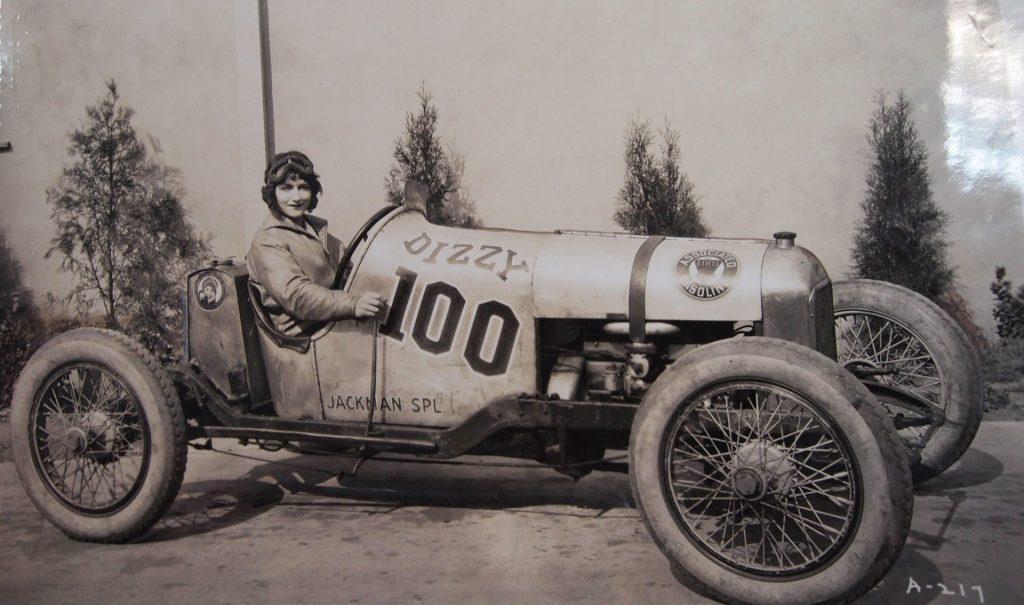
The history of race cars is a fascinating one. From the earliest days of the automobile to the modern-day Formula One car, race cars have evolved and become faster, more powerful, and more sophisticated.
There are different types of race cars, there is different technology that has enabled them to become faster, and the drivers and drivers’ organizations that have helped to shape the sport.
Early Automobiles and the Rise of Racing
Race cars have their roots in the earliest days of the automobile. In the 1870s and 1880s, the first automobiles were built and were used for transportation, leisure, and for racing. As the popularity of the automobile grew, so did the popularity of racing them.
The earliest races were held on dirt roads, and the drivers had to maneuver their vehicles around obstacles and other drivers.
Tires and Wheels
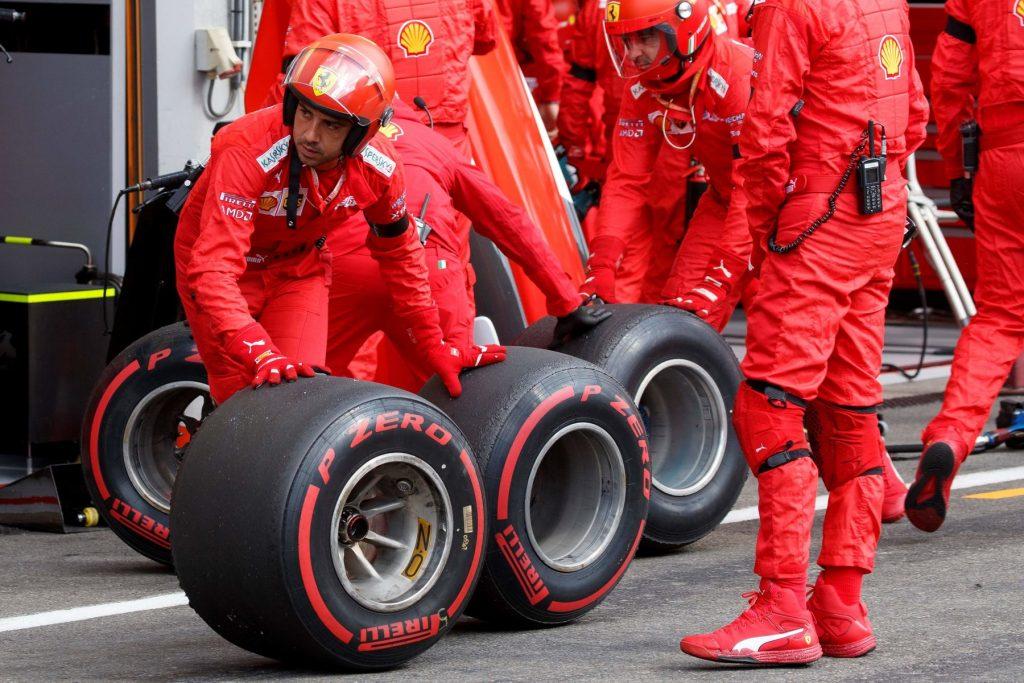
The first component of a race car's suspension system is its tires and wheels. This is an integral part of the system, as they provide the necessary grip, steering, and braking power to keep the car in control. Race car tires are specially designed for racing and are made from various materials, such as rubber, nylon, and carbon fiber.
They are also made with multiple tread patterns to help provide maximum grip on different surfaces. Wheels for race cars are also specially designed for racing and are made from lightweight materials such as aluminum, magnesium, and carbon fiber.
Springs and Shocks
The next component of a race car's suspension system is the springs and shocks. The springs provide the necessary force to keep the car's body stable and in control. Springs also help to absorb bumps and vibrations from the road, allowing for a smoother and more comfortable ride.
Shocks are also an essential part of the suspension system, as they help to absorb energy from impacts and keep the car from bouncing. Shocks can also be adjusted to help provide a more comfortable ride and to improve the car's handling.
Suspension Arms and Links
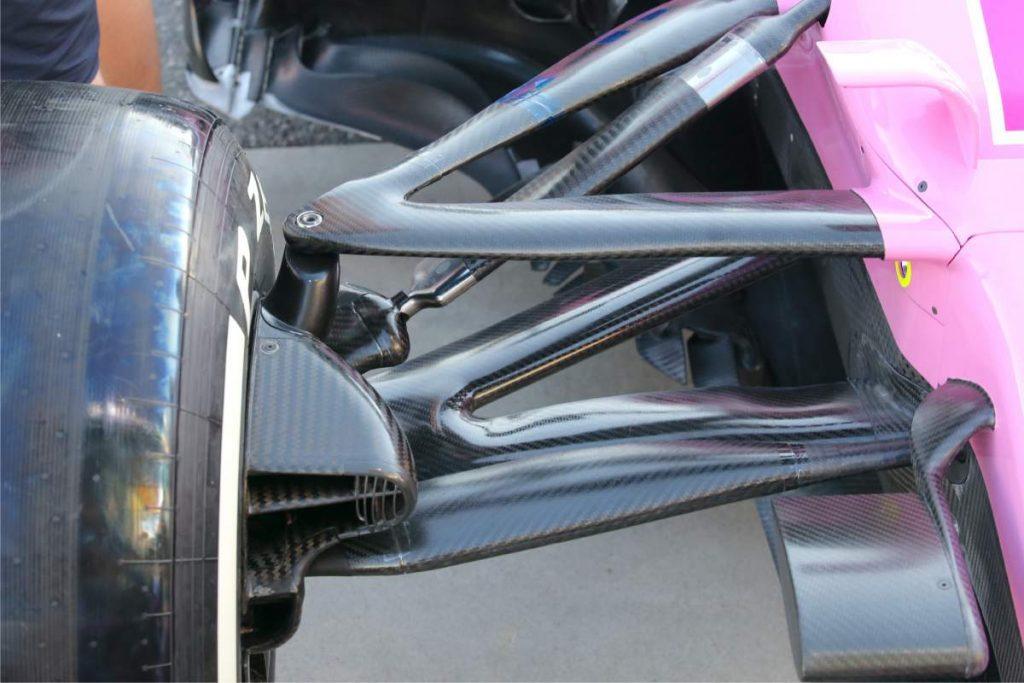
The third component of a race car's suspension system is the suspension arms and links. These components provide the necessary connection between the wheels and the chassis, allowing the wheel to move up and down as the car moves over bumps and other road imperfections.
The suspension arms and links also help to control the wheel's camber or the angle at which the wheel is aligned with the road.
Anti-Roll Bars
The anti-roll bar is the fourth component of a race car's suspension system. This component reduces body roll when the vehicle is cornering or going over bumps. The anti-roll bar is mounted between the suspension arms and links and is connected to the car's body. The anti-roll bar helps to keep the car's body level and reduces body roll when cornering.
READ: The History of the Sports Car: A Timeline
Camber and Toe-In/Toe-Out
The fifth component of a race car's suspension system is the camber and toe-in/toe-out adjustments. These adjustments are used to adjust the wheel's angle about the road. The camber adjustment is used to adjust the wheel's angle about the road and can help to improve handling and stability.
The toe-in/toe-out adjustments are also used to adjust the wheel's angle about the road and can help to reduce tire wear and improve handling.
Sway Bars
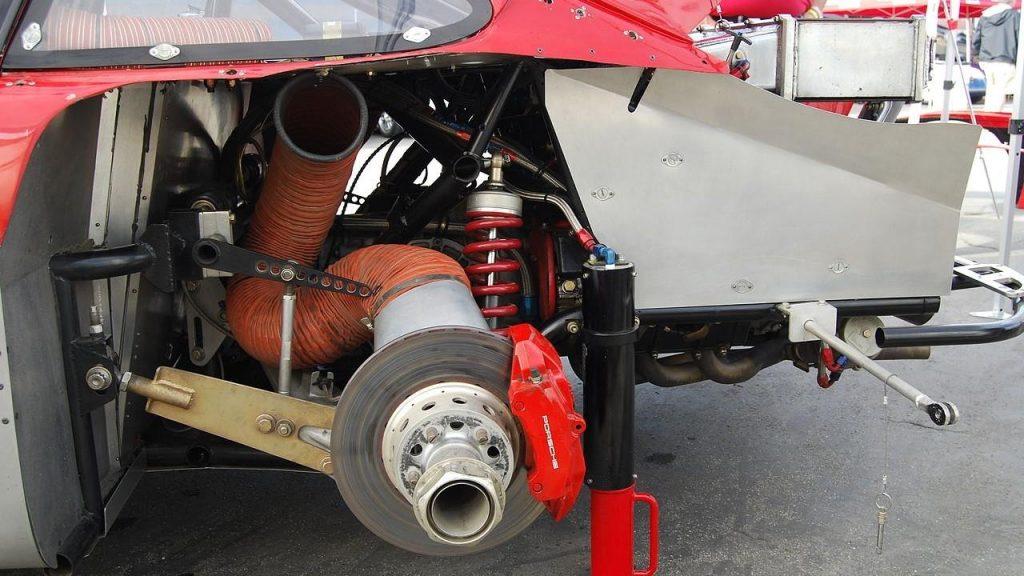
The sway bars are the sixth component of a race car's suspension system. These components are used to reduce body roll when cornering, as well as help to improve traction and handling.
The sway bars are mounted between the suspension arms and the chassis and are connected to the car's body.
Bushings and Bushings Inserts
The seventh component of a race car's suspension system is the bushings and inserts. Bushings reduce vibration and noise and help absorb energy from impacts. Bushings inserts are also used to help reduce vibration and noise and improve handling and control.
Aerodynamics
The aerodynamic components are the eighth and final components of a race car's suspension system. These components are designed to reduce drag and increase downforce, helping to improve the car's performance. These components include air dams, spoilers, diffusers, and other aerodynamic devices.
Race car suspension systems are designed to provide the highest safety, stability, and performance. By understanding the components that make up a race car's suspension system, drivers can better understand how to set up their vehicles for optimal performance.
The components of a race car's suspension system include tires and wheels, springs and shocks, suspension arms and links, anti-roll bars, camber, toe-in/toe-out adjustments, sway bars, bushings, bushings inserts, and aerodynamic components. All these components work together to provide the highest performance, safety, and stability.
READ: What Does Honda Mean In Japanese?
Conclusion
The suspension is an essential part of a race car and can vary depending on the type of racing. It is essential to consult with a professional to ensure that your vehicle is set up correctly for the track conditions. You can handle any situation while out on the track with the right suspension.
